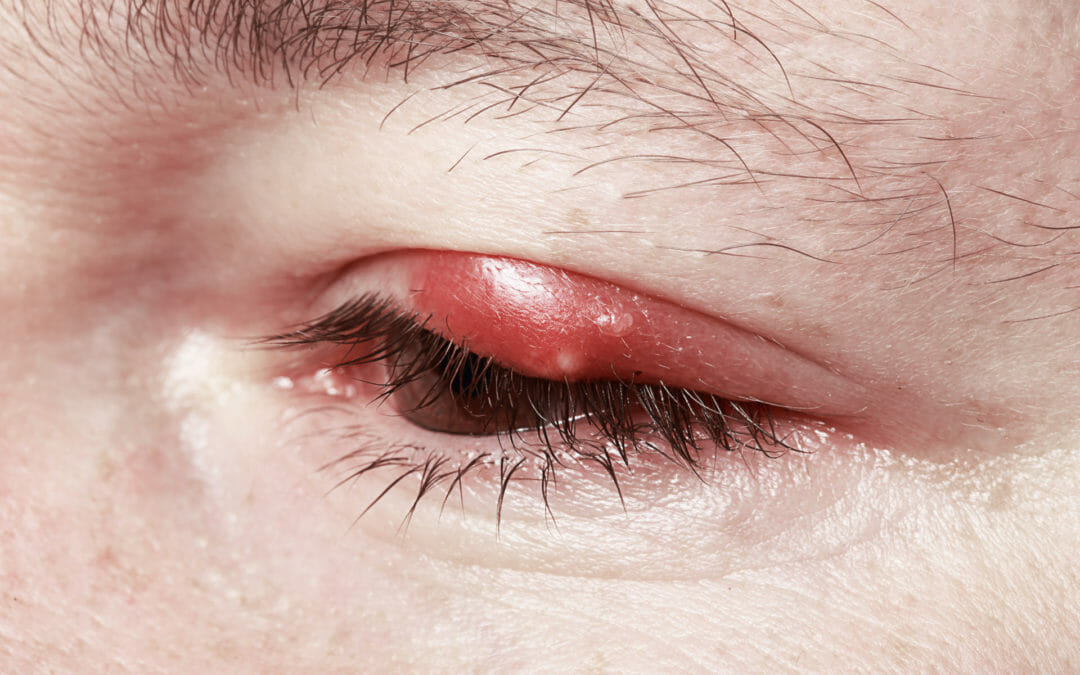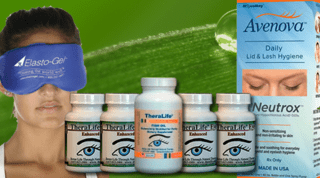What happens when a stye pops
Do not attempt to squeeze or “pop” a stye, as it may inadvertently causing infection to spread.
Do not attempt to squeeze or drain it as it may require treatment for proper healing.
A stye is infectious and painful. A chalazion a hard lump that is not painful.
What is it?
In the majority of cases, it is not a serious condition and do not affect your vision or require medical attention.
It is similar to a pimple, but they form on your upper or lower eyelid.
It is an infection in the root of an eyelash.
The infection causes a tender red lump on the edge of the eyelid.
The infection can spread until the whole eyelid becomes red and inflamed.
Stye usually last about three days, pop and then heal in about a week.
It is a type of bacterial infection of the eyelid, typically causing a painful bump either inside or outside of it.
They are a very common eye problem and usually develop quite quickly, over a few days.
Usually only one eye is affected, although you can develop more than one stye at a time, even on the same lid.
Usually one eye is affected, though you can develop multiple blisters on your lid simultaneously.
Types of styes
It is common to have two different style styles: external or internal styles (very uncommon).
However, the infection from one stye can sometimes spread and cause more styes.
Rarely, the entire eyelid may become infected.
This requires medical treatment, including antibiotics.
Some people seem to get many, while others get few or none at all.
Causes
The stye inflammation of the eyelid can be caused by a couple things—either an oil duct is blocked up on your eyelid, or germs such as a staphylococcal bacterium have been trapped with dead skin cells on the eyelid.
Bacteria cause most styes.
The majority will clear up on their own within 1–2 weeks and do not require medical treatment.
Sometime yeast infection can affect eye lashes and tear glands.
The skin follicle gets blocked and infected.
Styes usually develop on the edge of the eyelids.
The bump is red and looks like pimples and is usually lasting about 3 days pop.
The healing usually takes about 1 week.
Chalazion vs stye
A chalazion often starts out as a very small, red, tender, swollen area of the eyelid and is generally not an infection.
In a few days, it may change to a painless, slow-growing lump the size of a pea and can often be confused with a stye (or hordeolum), which is an infection of an oil gland in the eyelid.
A stye produces a red, swollen, painful lump on the edge or the inside of the eyelid and usually occurs closer to the surface of the eyelid than chalazion.
Symptoms
Stye is a small red, tender bump on the edge of the eyelid.
The bump may grow and become more swollen.
Pain or tenderness at the site and immediate surrounding tissue.
After several days to several weeks, the stye may break open and a tiny amount of pus may drain.
Are there any complications?
Most symphyses have very minor infections (staphylococcus aureus) that clear easily without treatment.
Styes have no impact on your sight.
Can stye turn into chalazion?
Yes, sometimes the stye turn into a chalazion.
In a few days, it may change to a painless, slow-growing lump the size of a pea and can often be confused with a stye (or hordeolum), which is an infection of an oil gland in the eyelid.
The redness does not appear and does not hurt. But it causes eyelash lumps.
Causes & risk factors
Acne rosacea, Chronic blepharitis (inflammation of the eyelids, often from excess bacteria). Seborrhea. Tuberculosis. Viral infection.
Rarely chalazions may be an indication of an infection or skin cancer.
External
Most of the time external styes come, go and heal all on their own, but in rare circumstances you may require the care of an eye doctor.
Internal Hordeolum
They grow on the underside of your eyelid and become red and inflamed much like the external stye.
Internal styes tend to be more serious because their location prevents a whitehead from forming thus sealing in the infection.
Internal styes may disappear completely without medical intervention, but it can also leave a fluid-filled cyst that may need to be opened by an eye doctor and drained.
Risk Factors
Certain eye and skin conditions can predispose you.
They include the following: Meibomiitis – chronic plugging of the glands on the edge of the lid. Blepharitis – which is associated with crusty debris or flakes on the edge of the eyelid. Rosacea – reddening of the skin on the cheeks.
Blepharitis
Blepharitis can cause redness and swelling along the entire edge of your eyelid.
It’s most common in people with oily skin, dry eyes, or dandruff.
You may need treatment for blepharitis to prevent them from forming.
Meibomian gland dysfunction
Blepharitis often leads to clogged oil producing glands.
Your doctor may recommend medications and treatment for your stye, such as: antibiotic ointment,
Diagnosis
A chalazion or stye is best diagnosed by an eye doctor who can do medical advice diagnosis and treatment options.
Necessary testing might include:
Patient history to determine symptoms and the presence of any general health conditions that may be contributing to the eye problem.
External examination of the eye, including lid structure, skin texture and eyelash appearance. Evaluation of the lid margins.
Treatments
Warm compresses
Apply a warm compress to the affected eye can reduce swelling by bringing pus into the head.
Doing this can ease your pain and inflammation and help the stye go away faster.
Closed eye while you use the compress.
Make a warm compress by dipping a clean, clean washcloth in warm water and then wringing it out.
It’s convenient as a warm compress because as any edge of the washcloth gets too cool, you can refold for a warmer side.
If the stye begins to drain after using the compress, you may gently massage it to expel the discharge and help it go away.
Antibiotics
The infections is likely spreading if you see redness in the cheeks or other parts of the face .
If the infection spreads, your doctor may prescribe oral antibiotics or antibiotic drops.
Doing this can ease your pain and inflammation and help the stye go away faster.
Keep your eye closed while you use the compress.
When it comes to a head, keep using the compresses to put pressure on it until it ruptures.
Keep in mind that hot compresses will sometimes increase swelling a little at first.
Drainage of an internal stye
The procedure involves injecting local anesthetic on your eyelids to numb them.
This procedure requires you to turn it outward so that you expose it.
Often such a procedure is performed under the general anesthetic because of the uncomfortable effect on children.
In the following days antibiotic eye drops will typically be administered.
Incision and drainage of an external tissue
It is possible for doctors to perform the procedure for the internal structure.
Normally, it is possible to open it using sterile needles or even small scalpel.
You shouldn’t do it alone as you could transmit an infection on your eyelids and cause serious problems in future.
Epilation of the eyelash
These drugs treat external strews.
The lashes are pulled out.
Epilation is slightly uncomfortable, but it helps the follicular hairs drain out.
No treatment
Most do not require a visit to the doctor because they will usually get better if you apply warm compresses at home.
There can be very few treatments necessary to the stye.
Once a point is formed on the surface most bursts in 3-7 days.
The pus drains out and leaves no other problems.
Tell me the best way to avoid.
Keep your eyelids clean.
Styes usually look like pimples which makes them very appealing when squeezed.
When it comes up or pops- it drains gradually and heals, but you have to allow it to happen – this takes time.
You may also help by putting a warm, clean and dry towel over your eyes.
Fold up a damp cloth and microwaving it can be helpful. The heat makes this draining process easier.
Eyelid hygiene
The best way to prevent is with good eyelid hygiene.
Wash your hands before touching around eyes or removing contact lenses.
Wash face at bedtime to remove dirt and makeup.
Remove eye makeup before going to bed and replace mascara, eyeliner and eye shadow every 3 months.
Do not wear eye makeup or contact lenses until it heals.
The doctor may recommend gentle eyelid scrubs to prevent it from recurring.
Inexpensive option for his patients. “Simply wash the eye gently with baby shampoo or a mild natural soap that doesn’t burn your eye,
Do not wearing makeup or contacts when you have a stye.
Gently rub the base of the eyelashes with the warm washcloth – do this for 1 minute.
Carefully rinse the entire eyelid with splashes of clean, slightly warm water.
Contact lenses
People who wear them should wash the hands before putting them in and taking them out.
Do not wear contact lenses or eye make-up until the infection has settled.
Conclusion
If you have questions about a medical condition or this instruction, always ask your health care professional.
Call your healthcare professional or nurse to seek immediate medical care if: You have pain in your eye. You have a change in vision or loss of vision.
Best treatment – TheraLife
References
External stye By Andre Riemann, Public domain, via Wikimedia
Eye Care Are You Allergic to Your Contact Lenses or Solution? January 6, 2020
Oral Care Living Well Women’s Health Men’s Health Aging Well Healthy Sleep Healthy Teens Featured Topics Article





